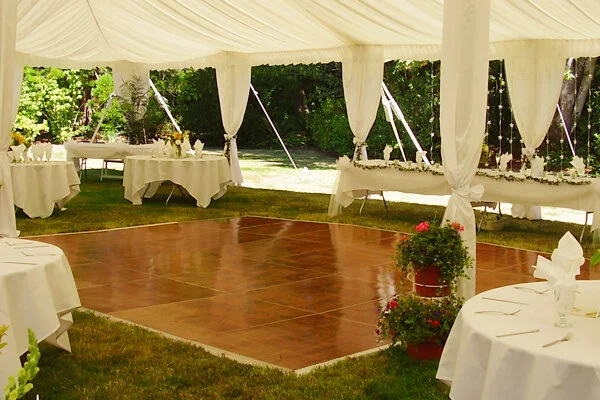One of the most common materials used in contemporary dance floors is LED lighting. Light-emitting diode lamps are energy-efficient and can generate a broad range of hues and impacts. They can be embedded in the floor directly or used as part of a illumination system over the dance floor. This technology allows for synchronized light shows that can change in reaction to the melodies, creating an engaging experience. The capability to program these lights means that they can be tailored to fit different concepts or moods, making each event unique.

Another crucial substance is mirror-like surfaces, such as reflectors or polished tiles. These materials can create an illusion of area and depth, making the dance floor appear larger than it actually is. When dancers move, their images can add an extra layer of aesthetic interest, enhancing the complete show. Additionally, reflective surfaces can interact with illumination impacts, amplifying the colors and designs displayed on the floor. This combination of illumination and reflection can enthrall spectators and boost the energy of the event.
In furthermore to lighting and reflective substances, the use of digital screens has grown increasingly common in dance floor creation. These screens can show lively visuals, graphics, or even real-time feeds of the performance. By incorporating digital technology, occasion organizers can create a multi-sensory encounter that engages both the performers and the spectators. The capability to change images in actual time allows for a fluid environment that can adapt to the beat and vitality of the music, making each instance feel new and exciting.
Furthermore, the selection of flooring substance itself plays a crucial role in the complete experience. Traditional wooden dance floors are still favored for their strength and performance qualities. However, newer materials like synthetic and rubber are gaining favor due to their versatility and simplicity of care. These materials can provide better impact absorption, reducing the risk of harm for performers. Additionally, they can be designed with various patterns and hues, allowing for creative expression in the dance floor's look.
In summary, the evolution of dance floors into stunning visual experiences relies on a combination of great post to read innovative substances and techniques. LED lighting, reflective materials, electronic screens, and customized flooring materials all contribute to creating an captivating setting for dancers and audiences. As technology continues to progress, the possibilities for enhancing dance floor design will only expand, making upcoming events even more enthralling and unforgettable. Understanding these materials helps value the craftsmanship involved in creating spaces where movement and melodies come together harmoniously in harmony.